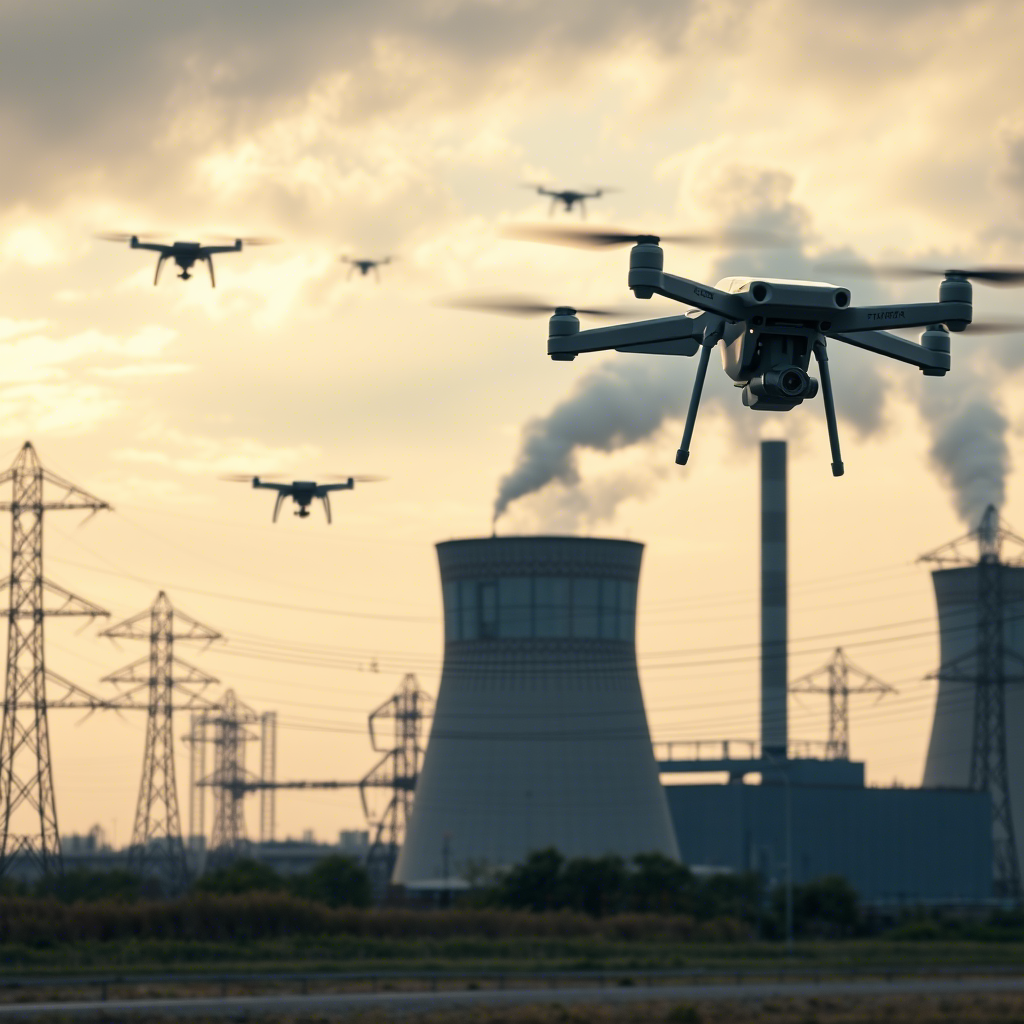The application prospects of big data in drone plant protection
The Promising Future of Big Data Applications in Agricultural Drone-Based Crop Protection
The integration of big data analytics with drone technology is transforming agricultural practices, particularly in crop protection. By leveraging vast datasets collected during drone flights, farmers and agronomists can make informed decisions to enhance productivity, reduce costs, and promote sustainable farming. Below are key areas where big data is reshaping the future of drone-powered plant protection.
Precision Farming Through Data-Driven Insights
Drones equipped with advanced sensors generate high-resolution images and multispectral data that reveal crop health, soil moisture levels, and pest infestations. When processed using big data analytics, this information enables precision agriculture techniques. For example, identifying early signs of disease or nutrient deficiencies allows targeted interventions, minimizing chemical use and environmental impact. Machine learning algorithms can further analyze historical data to predict outbreak patterns, helping farmers act proactively rather than reactively. This level of granularity ensures resources are allocated efficiently, optimizing both yields and profitability.
Real-Time Monitoring and Adaptive Management
The ability to collect and analyze data in real time is a game-changer for agricultural operations. Drones can survey large fields within hours, transmitting live updates on crop conditions to cloud-based platforms. Farmers can access these insights via mobile devices, enabling rapid decision-making. For instance, if a drone detects unexpected dry patches, irrigation systems can be adjusted immediately. Similarly, real-time pest tracking allows for timely application of biopesticides or biological controls, reducing crop losses. This agility is particularly valuable in regions prone to climate variability, where delays in response can lead to significant damage.
Enhancing Sustainability and Environmental Stewardship
Big data from drone missions supports sustainable farming by reducing reliance on broad-spectrum chemicals and excessive water usage. By pinpointing problem areas, farmers can apply treatments only where necessary, lowering the risk of runoff contaminating waterways or harming beneficial insects. Additionally, long-term data collection helps assess the impact of different farming practices on soil health and biodiversity. Over time, this information can guide policy decisions and promote eco-friendly certification programs. As consumers increasingly demand sustainably produced food, data-driven drone applications position farmers to meet these market expectations while preserving natural resources.
Integration with Smart Farming Ecosystems
The future of drone-based big data lies in its seamless integration with other smart farming technologies. Combining drone data with satellite imagery, ground sensors, and IoT devices creates a holistic view of agricultural landscapes. For example, soil moisture readings from ground sensors can be cross-referenced with drone-derived canopy health data to refine irrigation schedules. Similarly, weather forecasts integrated with pest models can predict infestation risks more accurately. This interconnected approach maximizes the value of each data point, turning isolated insights into actionable strategies that drive operational excellence.
Challenges and Opportunities for Scalability
While the potential of big data in agricultural drones is immense, scaling these solutions requires addressing challenges like data privacy, storage costs, and interoperability between platforms. Ensuring secure sharing of farm-level data while complying with regulations remains critical. Moreover, training farmers to interpret complex datasets and integrate them into existing workflows is essential for widespread adoption. However, advancements in cloud computing, edge analytics, and user-friendly interfaces are gradually lowering these barriers, paving the way for democratized access to big data tools in agriculture.
By harnessing the power of big data, drone-based crop protection is evolving from a novel technology into an indispensable component of modern farming. As data collection becomes more sophisticated and analytical models more precise, the agricultural sector stands to benefit from increased efficiency, resilience, and sustainability.

